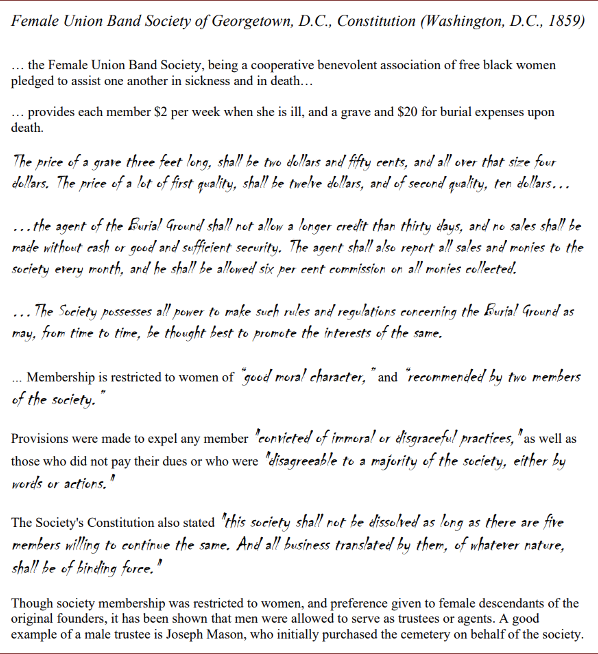Smithsonian Acquisition of Dumbarton House from NSCDA:
The Smithsonian Institution is proud to announce its acquisition of Dumbarton House. The NSCDA worked to preserve and restore this historic home for close to a century, but vastly overlooked and underplayed the significance of the free and enslaved laborers who resided and worked here at Dumbarton House. The organization itself has a long history of historic preservation, privileging white wealthy individuals in both membership and narrative. By their own standards of membership, the NSCDA only admits women who are direct descendants of individuals of “worthy life” from America’s colonial period, undeniably limiting membership to white women of inherited privilege. Their preservation efforts have likewise been focused on houses who belonged to elite members of colonial society, and the social circles in which they participated. The Smithsonian’s acquisition of Dumbarton House will allow for robust and inclusive research, and to share the living history of the home and those who lived and labored here, and played a crucial role in the construction of the District of Columbia. Rather than limit Dumbarton House’s interpretation to that of its prominent white owners, the Smithsonian will endeavor to contextualize the varied histories of individuals who lived and worked here.

Advertisement for Dumbarton House, 20th Century
Photo of Dumbarton House, 21st Century

Needle-point Historical Role of Women in Preservation:
Made by women artists at the end of the twentieth century, each of these needlepoints was stitched to commemorate the incorporation of each state into the NSCDA nearly a century prior. In keeping with nineteenth-century tradition, these women chose to identify themselves only through their husbands’ names.
In 1891, a group of women founded the NSCDA with three objectives in mind: historic preservation, patriotic service, and education. White nineteenth-century women were charged, and charged themselves, with being society’s cultural and moral guardians. Wealthy women took this responsibility to expand their role outside of their own domestic spheres. They exercised this power in the preservation of historical sites they viewed as representative of the nation’s ideals. This effort led to the preservation of Dumbarton House and the Nourse family history, but at the expense of the free and enslaved Black individuals who labored at their behest.

Women from Mount Zion group / Female Union Band Society Cemetery: [Author Unknown], Female Union Band Society Constitution, 1859
At a time when the constitution of the United States of America did not protect them, the founders of the Female Union Band Society Cemetery wrote their own constitution. The Female Union Band Society was founded in 1842 as a cooperative benevolent society founded by a group of free Black and Native American Women, with the purpose of providing financial assistance to members who fell ill, and to their surviving family members upon their death. Thousands of individuals have been laid to rest at the cemetery, including people enslaved at Dumbarton House. The Female Union Band Society represents the human need to support one another and preserve and honor one’s memory, an endeavor that was not limited to white society in the nineteenth century. Moreover, it represents an instance of a group of women of color, the most marginalized in society, coalescing in order to support one another and reassert control over their own destinies. Situated just across the street from Dumbarton House, considering the Female Union Band Society and Cemetery helps to geographically contextualize Dumbarton House’s histories.
